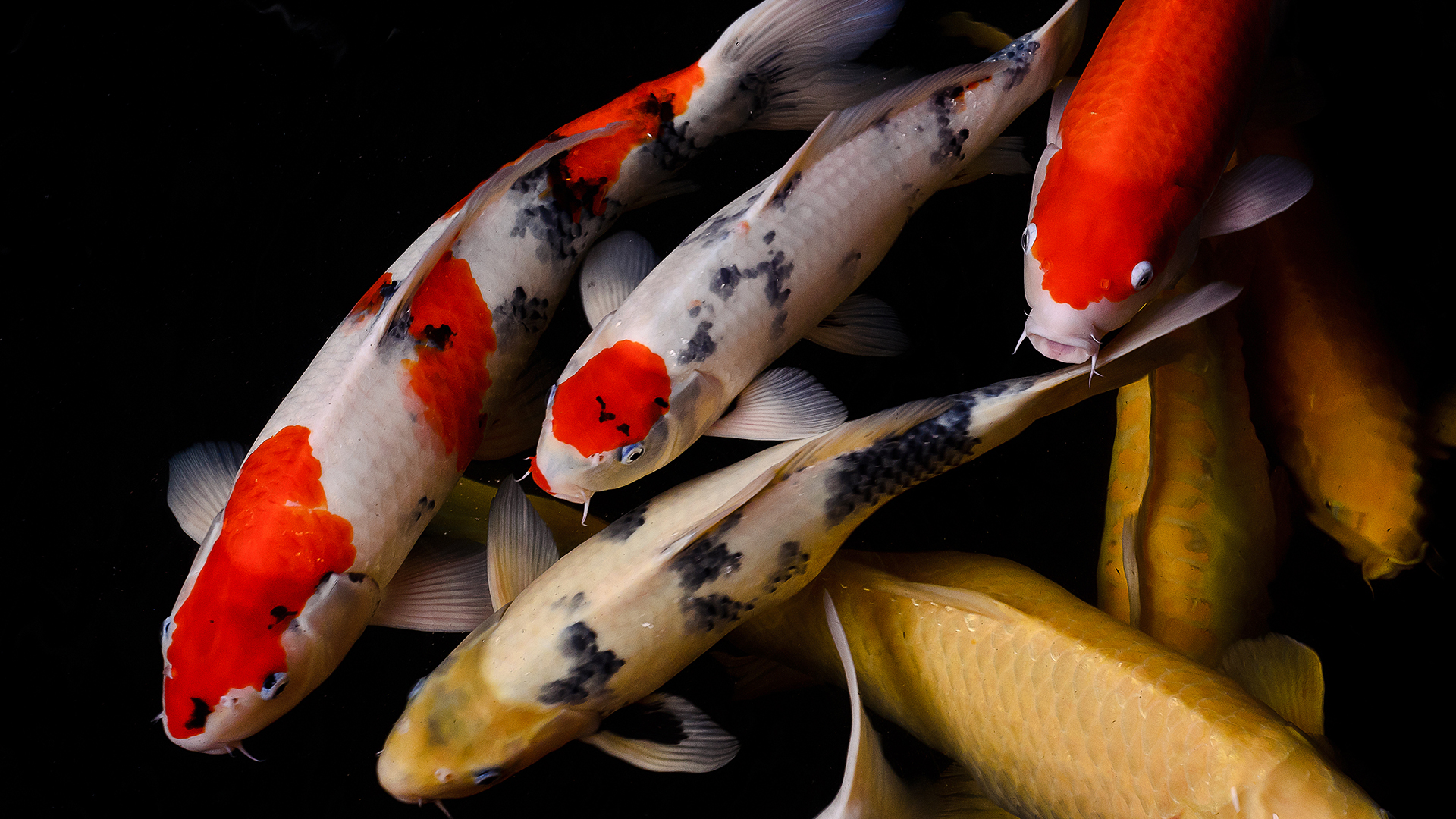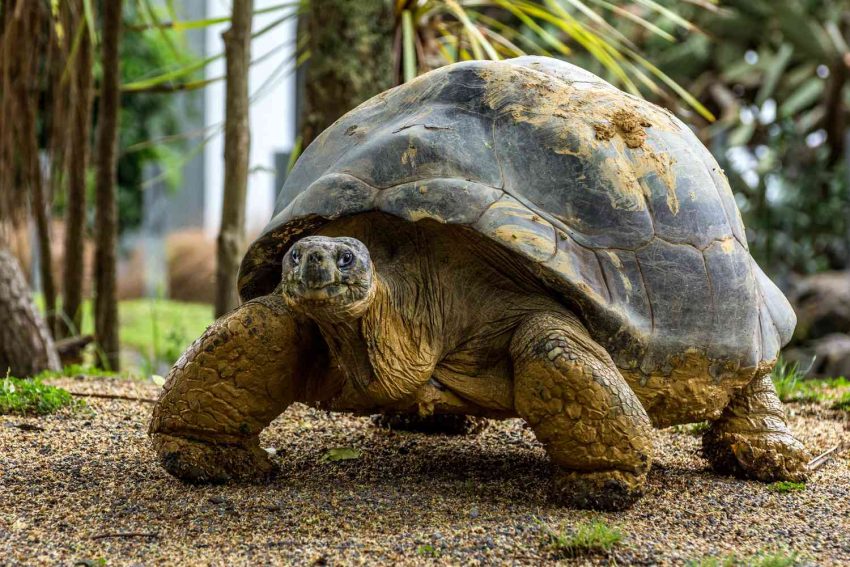Life on Earth is a fascinating and diverse tapestry, with each species carving out its own unique niche in the grand play of existence. Some creatures, however, stand out not for their size or strength but for their remarkable longevity. These animals challenge our understanding of the aging process and offer a glimpse into the secrets of enduring life. In this exploration, we will take a closer look at some of the world’s most astonishingly long-lived creatures, from the mighty tortoises that traverse the centuries to the enigmatic deep-sea creatures that defy time itself.
Galápagos Giant Tortoise (Chelonoidis nigra)
Arguably the most famous among the long-lived animals, the Galápagos Giant Tortoise is a symbol of endurance. Native to the Galápagos Islands, these colossal reptiles can live for more than a century. In fact, one particular giant tortoise named “Jonathan” is believed to be more than 187 years old, making him the oldest known living terrestrial animal. These tortoises have evolved a range of adaptations that enable them to thrive for so long, including a slow metabolism, efficient energy storage, and a resilient shell.
Greenland Shark (Somniosus microcephalus)
Venturing beneath the frigid waters of the North Atlantic, we encounter the mysterious Greenland shark. These deep-sea dwellers are renowned for their extraordinary lifespan, which can exceed 400 years! Their slow growth rate and low metabolic rate contribute to this incredible longevity. Researchers have even uncovered ancient harpoon tips embedded in some of these sharks, offering a glimpse into a history that stretches back centuries.
Bowhead Whale (Balaena mysticetus)
The Arctic’s frozen expanse is home to another remarkable record-breaker, the Bowhead whale. These immense marine mammals, known for their distinctive curved heads, have been known to live for over 200 years. Their sturdy, massive bodies and well-insulated blubber layers help them endure the harsh Arctic environment. Bowhead whales are unique among whales as they possess baleen plates that can be over 13 feet long, allowing them to filter tiny organisms from the water and ensuring a consistent food source.

Koi Fish (Cyprinus carpio)
In stark contrast to the gigantic giants of the sea and land, the Koi fish is a serene and beloved symbol of longevity. Originating from Japan, these vibrant, ornamental fish can live for several decades, and some even exceed a century in age. The key to their extended life lies in the tranquil, well-maintained environments of Koi ponds and the meticulous care they receive from enthusiasts worldwide.
Ocean Quahog (Arctica islandica)
Delving into the ocean’s depths, we find the ocean quahog, a type of clam known for its exceptional lifespan. These bivalves inhabit the seafloor of the North Atlantic, where some individuals have been dated to be over 500 years old. Their impressive longevity is attributed to slow growth rates and the ability to endure harsh environmental conditions.
Tuatara (Sphenodon punctatus)
The Tuatara is a lizard-like creature found in New Zealand, often referred to as a “living fossil” because it represents an ancient lineage. These reptiles can live for more than 100 years and possess distinct features, such as a third eye on the top of their heads. Their long lifespan can be attributed to a slow metabolic rate and a lack of most typical lizard characteristics, making them a true enigma of the reptile world.
African Elephant (Loxodonta africana)
The African elephant, Earth’s largest land animal, boasts a lengthy lifespan that can extend up to 70 years. Their sheer size and strength often overshadow their incredible longevity. Their social structure, strong familial bonds, and slow reproduction rate contribute to their extended life expectancy.
The incredible diversity of the animal kingdom extends to lifespan, with a myriad of creatures that have evolved to withstand the test of time. From the ancient giants of the land and sea to the small, unassuming denizens of our world, these remarkable animals have much to teach us about the mysteries of aging, resilience, and the intricate dance of life and time. As we continue to explore and understand the secrets of these long-lived species, we may unlock valuable insights into our own quest for longevity and the preservation of life on our planet.

